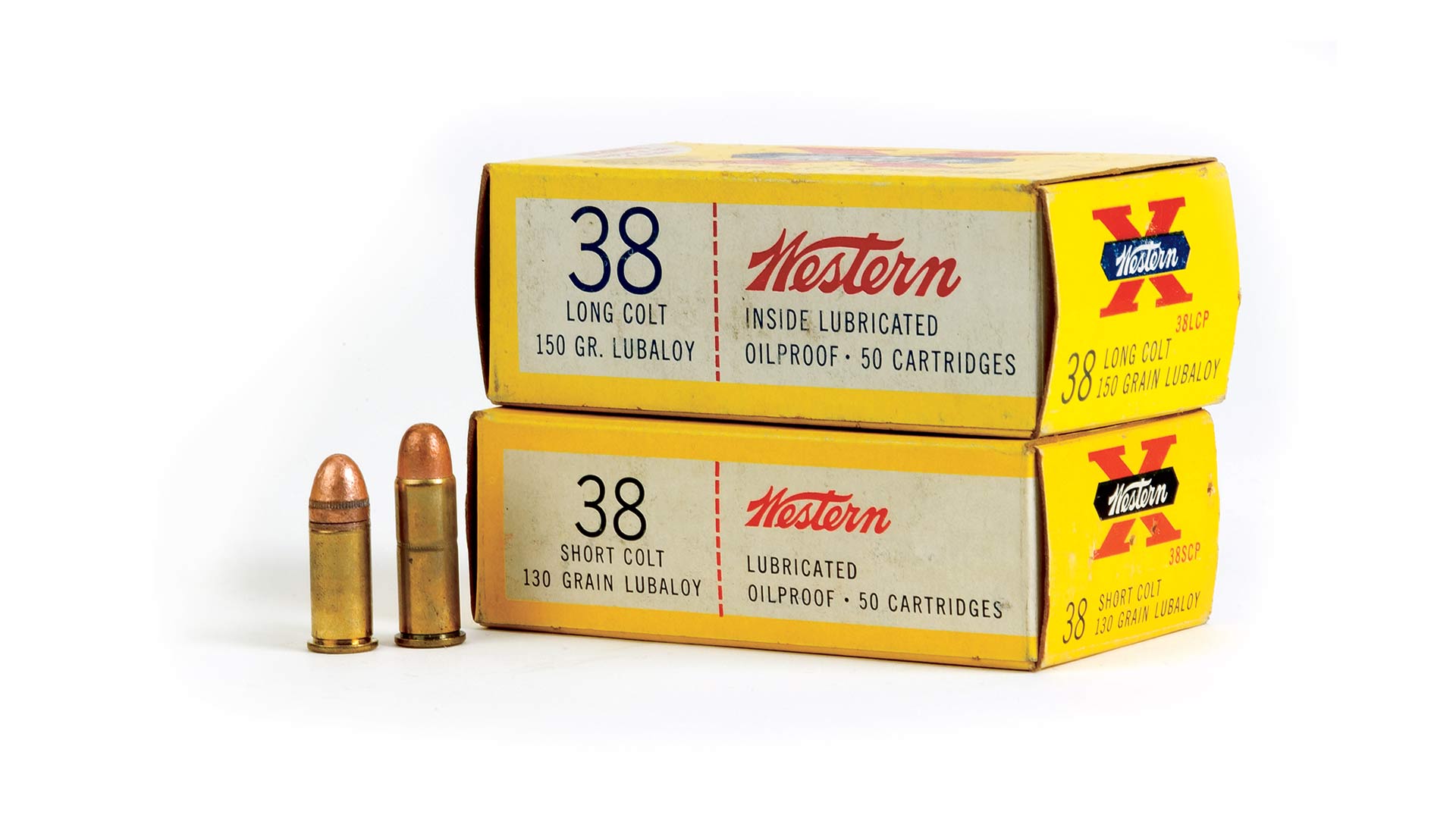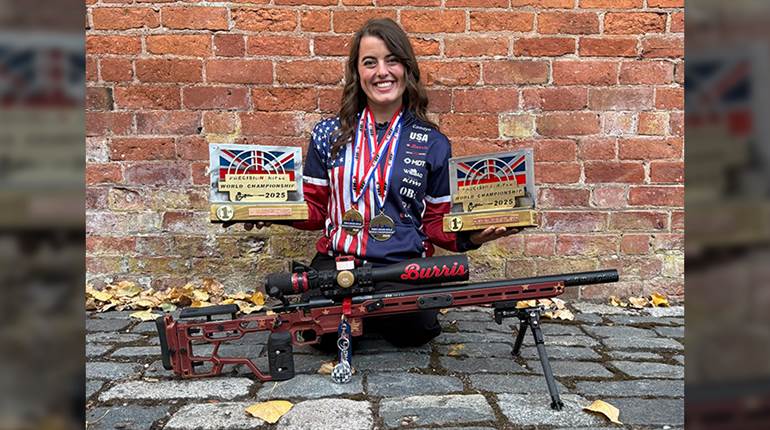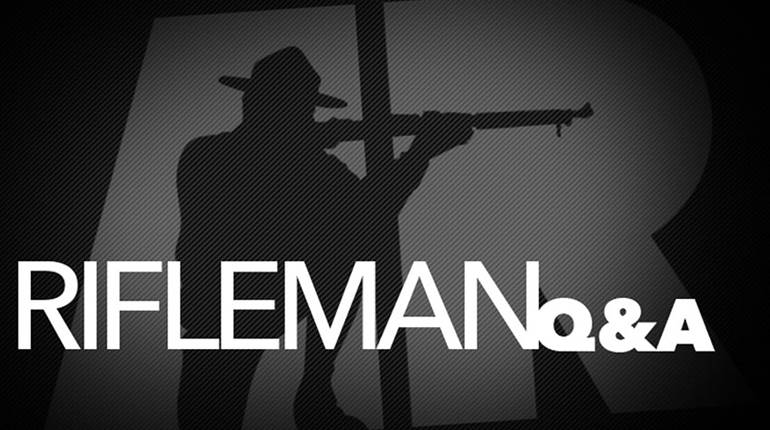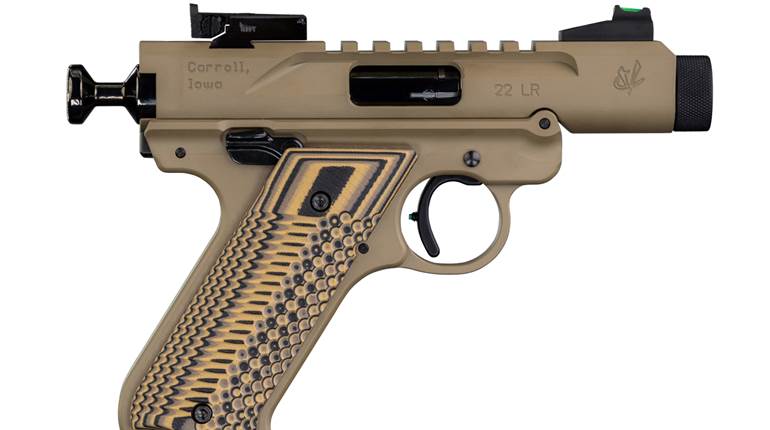
Q. I have an old box of Winchester-Western Super X .38 Colt hollow-point ammo. On the side of the box is “Lubaloy coated Bullet special dry wax lubricant.” It seems to me that most modern ammunition is not coated. Why is it (or was it) necessary to put some form of wax on ammunition?
A. The wax was designed to reduce the friction caused by the lead or copper fouling left in the rifle bore after firing. Without the wax, it was believed that lead would build up due to friction in the bore, eventually causing accuracy problems as well as the need to scrub the bore clean after firing. Ammunition manufacturers still use some type of wax coating on lead bullets. Copper-plated and jacketed rimfire ammunition is not coated. I am sure that when using lubricated bullets, there was a lot of that wax scraping off in the bore and chamber, requiring a lot more cleaning than would probably be necessary when firing jacketed bullets.
—Dave Andrews
This “Questions & Answers” was featured in the April 2006 issue of American Rifleman. At time of publication, "Questions & Answers" was compiled by Staff, Ballistics Editor William C. Davis, Jr., and Contributing Editors: David Andrews, Hugh C. Birnbaum, Bruce N. Canfield, O. Reid Coffield, Charles Q. Cutshaw, Charles M. Fagg, Angus Laidlaw, Evan P. Marshall, Charles E. Petty, Robert B. Pomeranz, O.D., Jon R. Sundra, Jim Supica, A.W.F. Taylerson, John M. Taylor and John W. Treakle.
To subscribe to the magazine, visit the NRA membership page and select American Rifleman as your member magazine.























![Winchester Comm[94]](/media/1mleusmd/winchester-comm-94.jpg?anchor=center&mode=crop&width=770&height=430&rnd=134090756537800000&quality=60)
![Winchester Comm[94]](/media/1mleusmd/winchester-comm-94.jpg?anchor=center&mode=crop&width=150&height=150&rnd=134090756537800000&quality=60)












